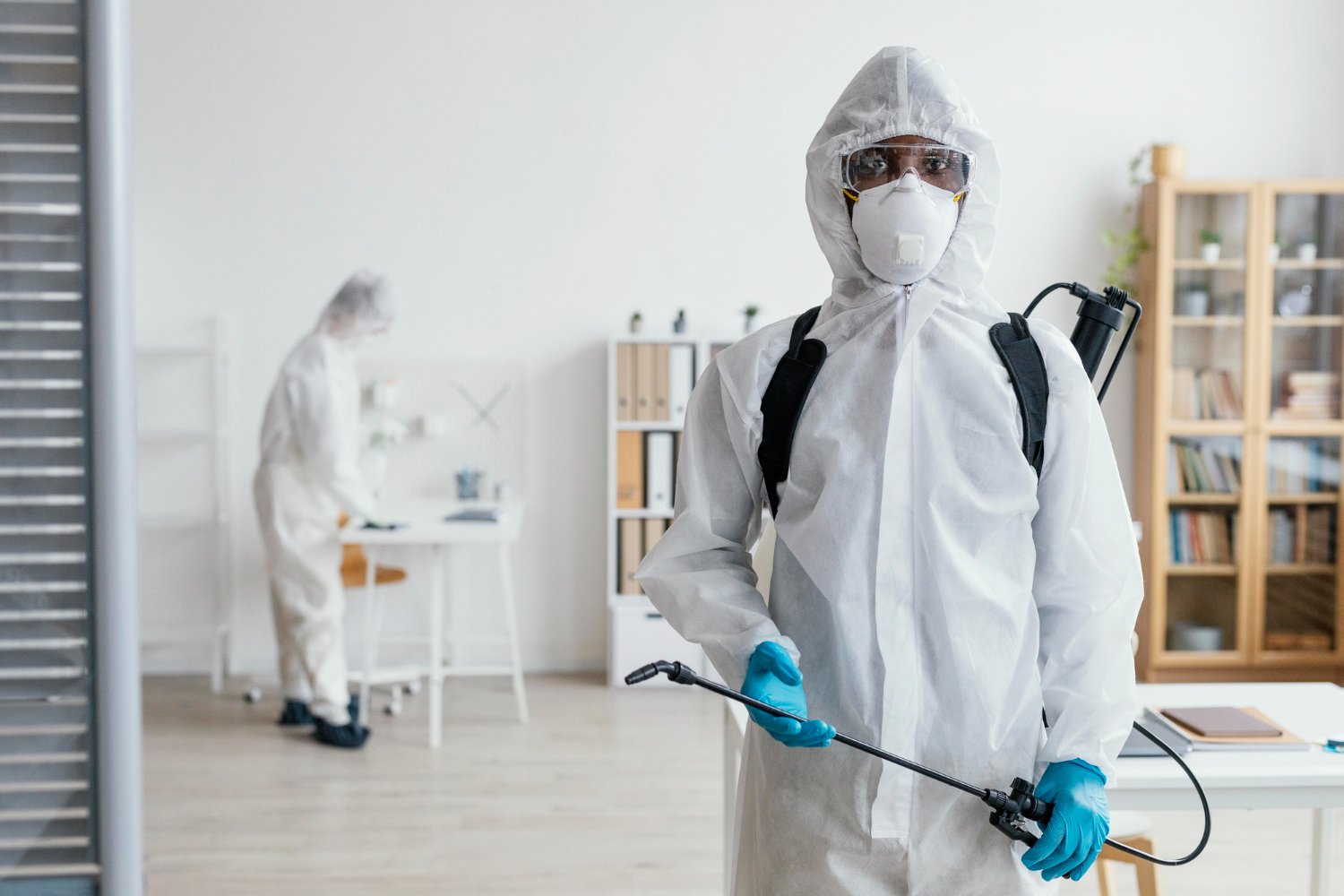Bed Insect Therapy Failure: Contrasting Chemical Vs. Non-Chemical Solutions
In the realm of bug control, especially when taking care of the persistent concern of bed pests, the choice between chemical and non-chemical therapy services can be a critical one. Both approaches provide distinct benefits and disadvantages, affecting elements such as efficiency, safety and security considerations, and total cost. By taking a look at the nuanced information of each method, a clearer understanding of which course to seek in addressing a bed insect problem can be attained.
Effectiveness of Chemical Therapies
Chemical treatments for bed bug invasions have actually been extensively acknowledged for their quick and powerful effectiveness in removing these pests. When thinking about the efficiency of chemical treatments, it is critical to understand that they can supply a fast and thorough remedy to a bed bug issue. Expert exterminators frequently rely on insecticides to target bed bugs at various stages of their life cycle, including fairies, eggs, and adults. These chemicals usually function by disrupting the bed bugs' nervous system, leading to paralysis and eventual fatality.
In addition, chemical therapies have the benefit of offering residual effects, meaning that they can remain to eliminate bed bugs even after the preliminary application. This residual action is especially beneficial in combating any type of prospective re-infestations. Additionally, the fast action of chemical therapies can bring alleviation to individuals encountering severe bed bug invasions, enabling them to regain control of their home swiftly.
Safety Interest In Chemical Solutions
When using chemical services for bed insect treatment is ensuring the safety of owners and the atmosphere,One essential facet that requires cautious factor to consider. While chemical therapies can be efficient in getting rid of bed bugs, they might posture risks otherwise dealt with effectively. One of the key security worry about chemical remedies is the potential damage they can create to human health. Exposure to specific chemicals made use of in bed insect treatments can cause respiratory concerns, skin irritability, or other unfavorable reactions, especially in individuals with pre-existing problems or level of sensitivities. In addition, improper application or dose of chemical pesticides can result in harmful deposits remaining in the cured area, posing long-lasting health dangers to passengers.
Additionally, the ecological effect of chemical options is an additional considerable consideration. Some pesticides used in bed insect treatments might be unsafe to beneficial pests, wildlife, and communities if they leach right into the dirt or water systems. It is important to make use of chemical therapies deliberately, complying with security guidelines, and considering less harmful alternatives to mitigate these threats and make sure the risk-free and effective monitoring of bed insect infestations.
Advantages of Non-Chemical Approaches
Taking into consideration the prospective safety problems and environmental impact connected with chemical options for bed bug therapy, checking out non-chemical techniques offers an appealing choice with a number of distinct advantages. Non-chemical methods offer a more secure choice for households, specifically those with animals, people, or children sensitive to severe chemicals. These approaches eliminate the dangers of direct exposure to harmful materials, reducing the possibility for negative wellness effects. Moreover, non-chemical therapies are eco-friendly, as they do not add to air or water pollution, making them a lasting selection for pest control.
In addition, non-chemical solutions can be efficient in targeting bed insects, including hard-to-reach locations where chemical therapies might not penetrate. Methods such as heat treatment, vacuuming, heavy steam cleaning, and cushion coverings give thorough eradication without making use of hazardous chemicals. Additionally, non-chemical strategies can be much less turbulent, calling for minimal prep work and permitting for quicker reentry right into dealt with locations. Generally, going with non-chemical bed insect therapy techniques not only prioritizes safety and security and environmental security but also ensures thorough and reliable bug control.
Limitations of Non-Chemical Treatments

In addition, non-chemical therapies commonly call for numerous applications to achieve successful obliteration. This can be time-consuming and may not always assure complete elimination of all bed pests and their eggs, specifically in concealed or hard-to-reach locations.
Moreover, the success of non-chemical therapies greatly relies on appropriate application and thoroughness, which can be testing for people without professional experience. Poor application of non-chemical methods may cause insufficient removal, bring about persistent infestations and the need for extra therapies.
Consequently, while non-chemical therapies have their benefits, it is important to acknowledge these limitations and consider them when establishing one of the most reliable approach for managing bed insect problems.
Cost Contrast: Chemical Vs. Non-Chemical Options
Offered the constraints linked with non-chemical therapies, an important aspect to assess in the context of bed bug management is the price contrast between chemical and non-chemical choices. Chemical treatments generally involve the application of pesticides by specialists, which can vary from $250 to $900 per area, depending on the severity of the problem and the dimension of the area to be treated. In contrast, non-chemical treatments like warmth therapy or heavy steam can be much more expensive, with costs ranging from $1,000 to $6,000 for a whole home. While the preliminary cost of chemical therapies might appear lower, multiple therapies may be required to completely get rid of the invasion, potentially raising the total go to my site expense. On the various other hand, non-chemical alternatives may provide a more sustainable and eco-friendly remedy, although they can be cost-prohibitive for some people. Eventually, when considering the price of bed insect therapy options, it is vital to consider the in advance expenditures versus the effectiveness and long-lasting sustainability of the picked approach.
Conclusion

Considering the possible safety and security worries and ecological influence connected with chemical services for bed bug therapy, discovering non-chemical strategies presents a promising choice with a number of distinct advantages.Given the constraints linked with non-chemical therapies, a vital aspect to review in the context of bed insect management is the expense comparison in between chemical and non-chemical choices. In contrast, non-chemical treatments like heat therapy or heavy steam can be extra pricey, with expenses varying from $1,000 to $6,000 for an entire home. While the first expense of chemical treatments might seem lower, several treatments might be called for to completely eradicate the problem, browse around these guys potentially boosting the overall expense.In conclusion, when contrasting chemical and non-chemical bed bug therapy options, it is necessary to consider effectiveness, safety, benefits, constraints, and cost.
Comments on “A1 Bed Bug Exterminator Charlotte - Specialized Bed Bug Removal”